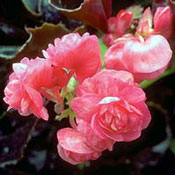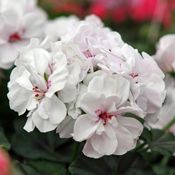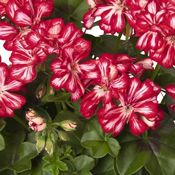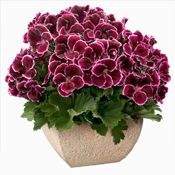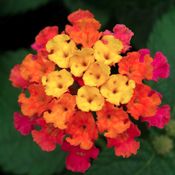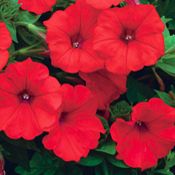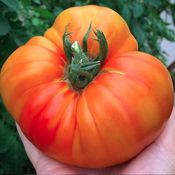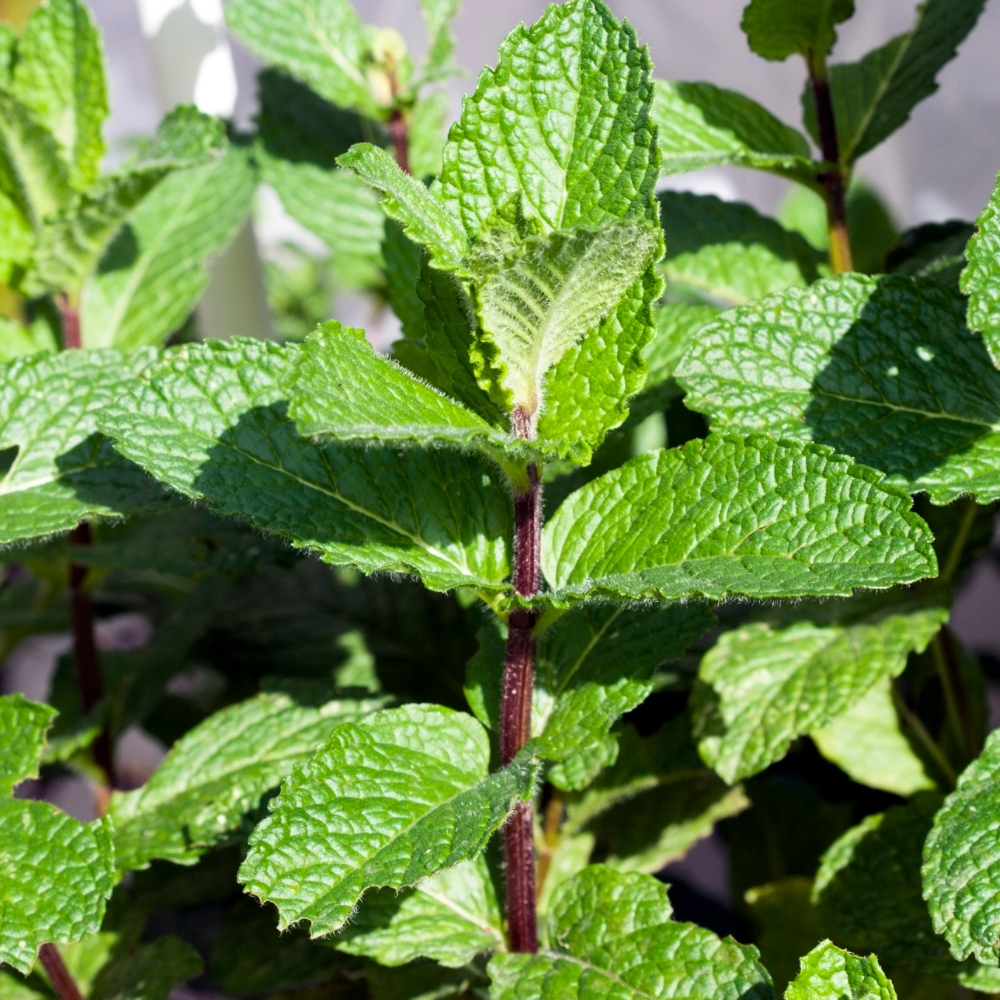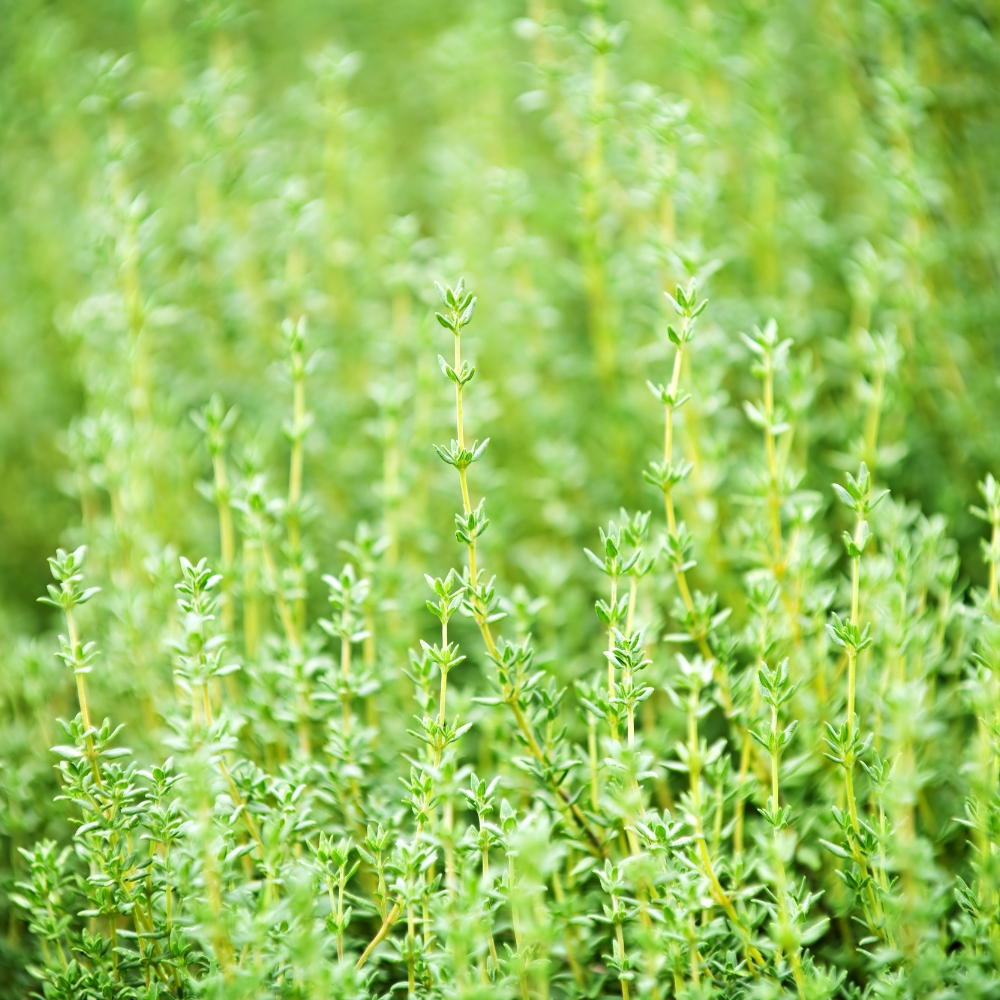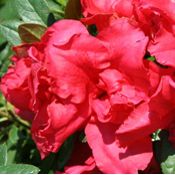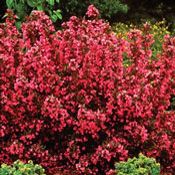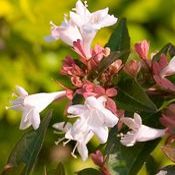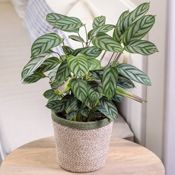For cat lovers with a green thumb, striking the right balance between pet-friendly and aesthetically pleasing plants can be a delightful, yet challenging endeavor. As a cat-owner, you know that they are naturally curious creatures, often drawn to the intriguing textures and scents of household and garden plants. However, not all plants are safe for our feline companions.
This article explores a variety of indoor and outdoor plants that are safe for your cats, along with tips to discourage them from digging in your indoor pots.

Indoor Plants: Safe and Beautiful Choices for Your Home
Did you know that around 30% of pet poisonings involve cats and houseplants? This statistic is true! Their curious nature draws them to the vibrant smells and textures of greenery. But fear not, pawsome planters! Creating a safe and inviting garden for your furry companions is easier than you may think, and it can be a purr-fectly delightful experience for both of you. Here are our top 5 plants for pet-safe indoor gardening.
- Calathea: Known for its air-purifying qualities and unique appearance, Calathea thrives in low to medium indirect sunlight and requires moist soil.
- Scarlet Star Bromeliad: A drought-tolerant plant that flowers with gorgeous blossoms, Scarlet Star romeliad loves sunlight and humidity, preferring indirect light.
- Peperomia Ginny: A resilient plant that is non-toxic to cats, Peperomia Ginny does best in indirect light and requires watering every one to two weeks.
- Staghorn Fern: Safe for cats, Staghorn fern prefers partial, indirect sunlight and a humid environment.
- Boston Fern: A reliable indoor plant, the Boston Fern loves warm, humid environments and grow best in consistently lightly moist soil.
Foiling Those Feline Fossils: Outsmarting Your Cat’s Inner Gardener
Ah, the allure of freshly turned earth. For cats, it is an irresistible siren song, beckoning them to unleash their inner excavators on your beloved houseplants. But don’t despair, pawsome planters! While your kitty’s digging instincts are deeply ingrained, you have the upper paw when it comes to protecting your greenery. Here’s how to outsmart your furry friend and cultivate a peaceful coexistence:
Divert the Digging:
Scratching Post Paradise: Offer your cat a designated digging zone with a sturdy scratching post. Sprinkle some catnip on it for added enticement and watch your feline friend redirect their excavation talents to a more appropriate (and claw-tastic) terrain.
Playful Pots: Consider planting cat-friendly grass like wheatgrass or oatgrass in a separate pot. This designated digging zone will satisfy your cat’s primal urges and keep your other plants safe.
Sensory Shield:
Citrusy Scents: Cats generally despise the scent of citrus. Place orange or lemon peels around your vulnerable plants, creating a fragrant (to you, not your feline friend) barrier. Remember to refresh the peels as their scent fades.
Foil Frenzy: Crumple up some aluminum foil and spread it over the soil surface. The crinkly texture and shiny reflection will deter most cats from venturing further.
Fortress of Foliage:
Rocky Outcrop: Cover the potting soil with smooth pebbles or decorative rocks. This not only creates a visual barrier, but makes digging less satisfying, if not impossible, for your furry friend.
Net Neutrality: Use garden netting or chicken wire to create a physical barrier over the pot. This is especially effective for large hanging plants or those placed on high shelves.
Positive Reinforcement:
Catch Them in the Act: When you see your cat eyeing your plants or engaged in digging, gently redirect their attention with a feather-wand or other engaging toy. Positive reinforcement will help associate plants with playtime, not digging.
Plant Power Play: Grow some catnip in an easily accessible spot. While deterring digging is key, prevention isn’t the only path to pawsitive plant-cat harmony. Sometimes, the best defense is a good offense, (or rather, a delicious offense). Don’t underestimate the power of a little green magic!
Catnip and cat grass aren’t just harmless indulgences; they’re essential tools for feline enrichment. Catnip, with its irresistible Nepetalactone, acts like a euphoric kitty cocktail, triggering playful zoomies and blissful snuggles. Think of it as an all-natural feline mood booster, perfect for shaking off the couch-potato blues or sparking a playful pounce-a-thon.
Cat grass, on the other hand, satisfies your cat’s natural urge to munch and nibble. It aids digestion, helps expel hairballs and provides essential vitamins and minerals. Plus, watching your kitty delicately graze on their personal green buffet is pure entertainment, of the feline persuasion. So, consider incorporating a dedicated Kitty-Greens Oasis in your home. Plant some catnip in a sunny spot or grow a pot of wheatgrass on the windowsill. It’s a small gesture that can have a big impact on your cat’s happiness and well-being. Remember, happy kitties, happy homes!
Remember, the tips above to prevent your feline from digging, do not mean it is a one and done solution; it is an ongoing process. Be patient, consistent, and creative in your approach. With a little ingenuity, you and your feline friend can enjoy a harmonious home filled with flourishing flora, not feline-excavated craters! By providing your cat with alternative outlets for its naturally ingrained digging instincts and making your houseplants less appealing, you can create a peaceful haven for both your greenery and your furry companion. Let your home be a testament to the beautiful (and sometimes hilarious) balance between yours and your feline’s needs, where every leaf thrives and every paw-print tells a story of playful coexistence.
Outdoor Plants: Creating a Cat-Friendly Garden
Turning our attention to outdoor spaces, let’s explore cat-friendly plants that will add splashes of color to your gardens, providing a ‘green’ activity outdoors, while ensuring the safety of your pussycat:
- Marigolds: These vibrant flowers are a popular annual. They are known for their bright orange and yellow blooms and can add a cheerful touch to any garden. Marigolds are generally considered safe for cats and have the added benefit of repelling certain garden pests.
- Strawberries: Safe as an occasional treat, they contain beneficial antioxidants.
- Zinnias: Zinnias are another cat-safe annual. They come in a variety of colors and sizes, making them a versatile choice for any garden. They’re also quite easy to grow from seed, which can be a fun family gardening project.
- Petunias: Are a garden favorite, known for their vibrant and prolific blooms. Petunias come in many colors and are safe for cats. Petunias are great for hanging baskets, containers, or garden beds, and they bloom throughout the entire summer, into the fall.
- Sunflowers: Non-toxic, Sunflowers provide entertainment for cats in the garden as they stalk anything that moves among the stems.
Creating a cat-friendly garden, whether indoors or out, is not only about ensuring the safety of your pets but is also about enriching their environment. By choosing the right plants and employing strategies to keep your feline friends from digging, you can enjoy a vibrant, pet-safe garden that brings joy to both you and your cats. Remember, it’s always a good idea to consult with a veterinarian for more specific guidance on pet-safe gardening. We also recommend the ASPCA website as a trusted resource for any questions you may have about gardening with your cats and their overall health.














